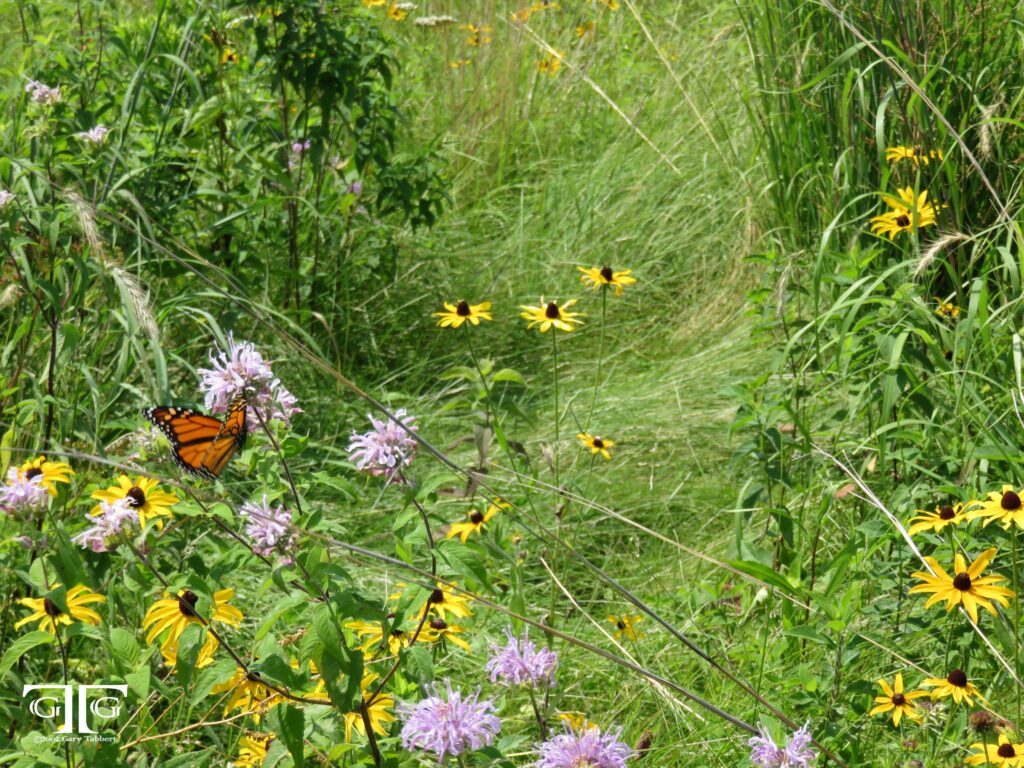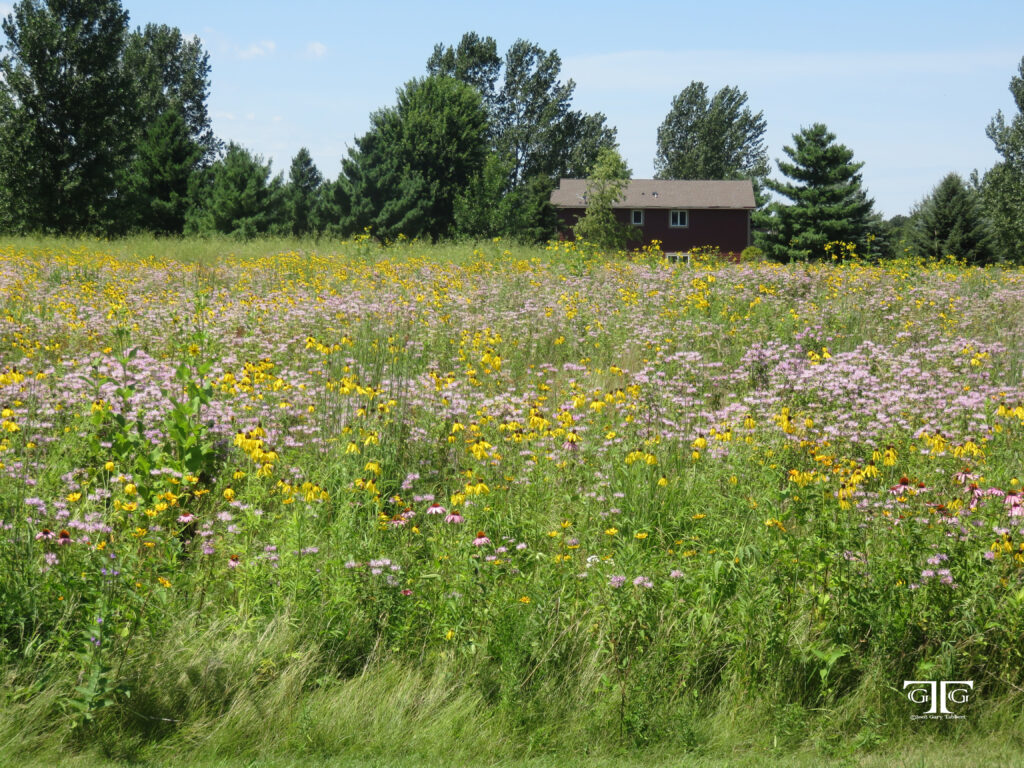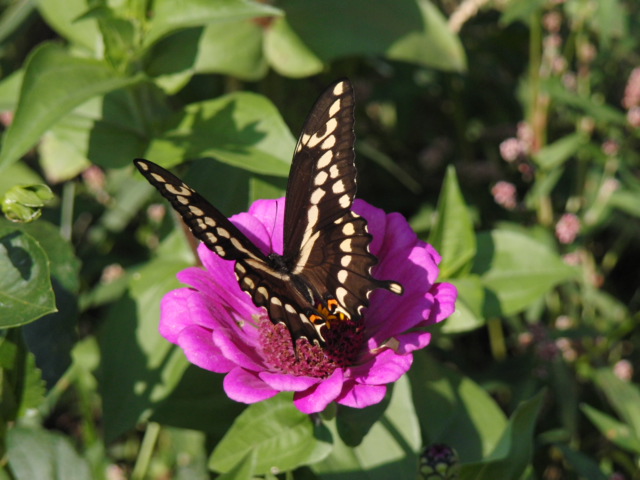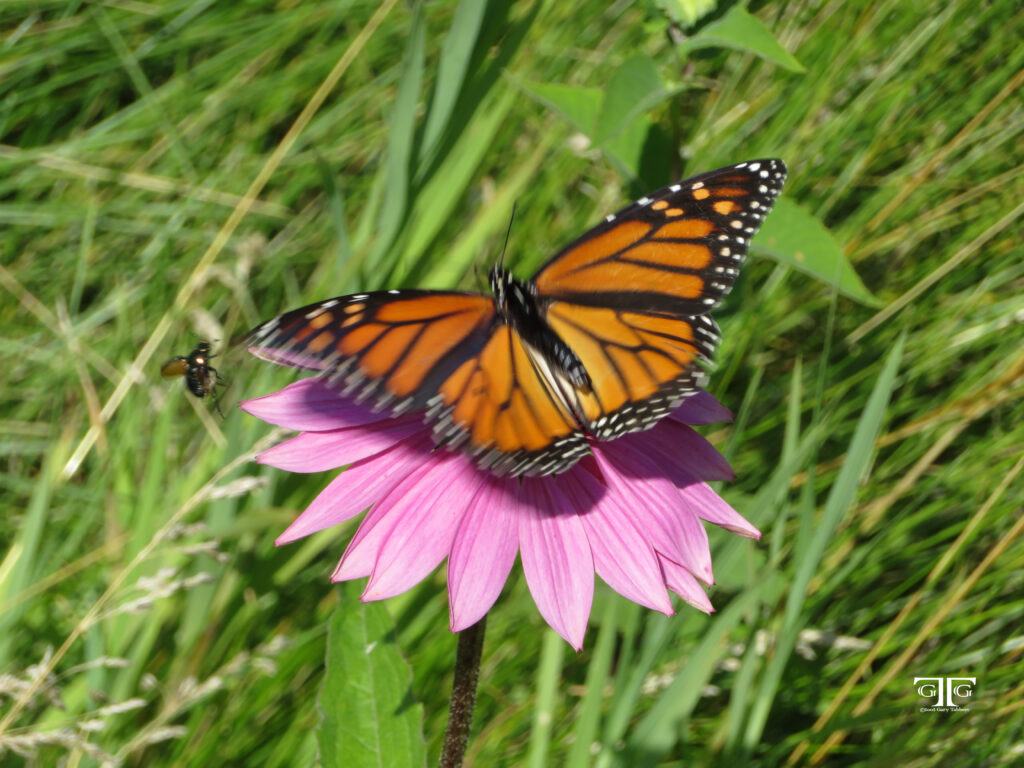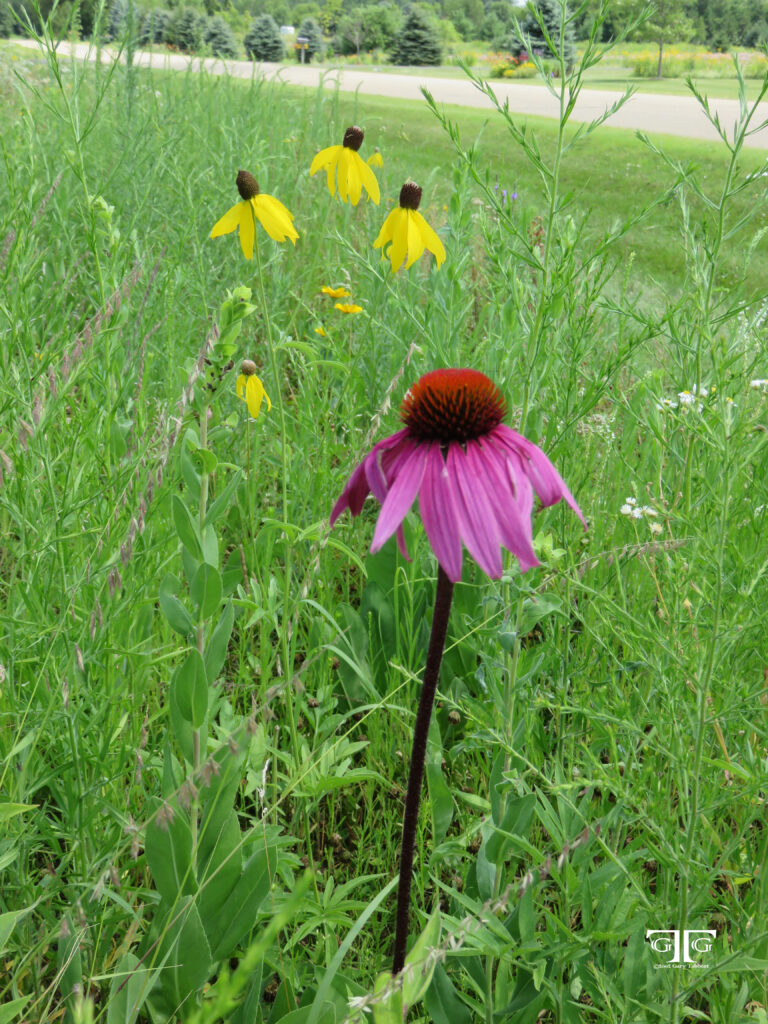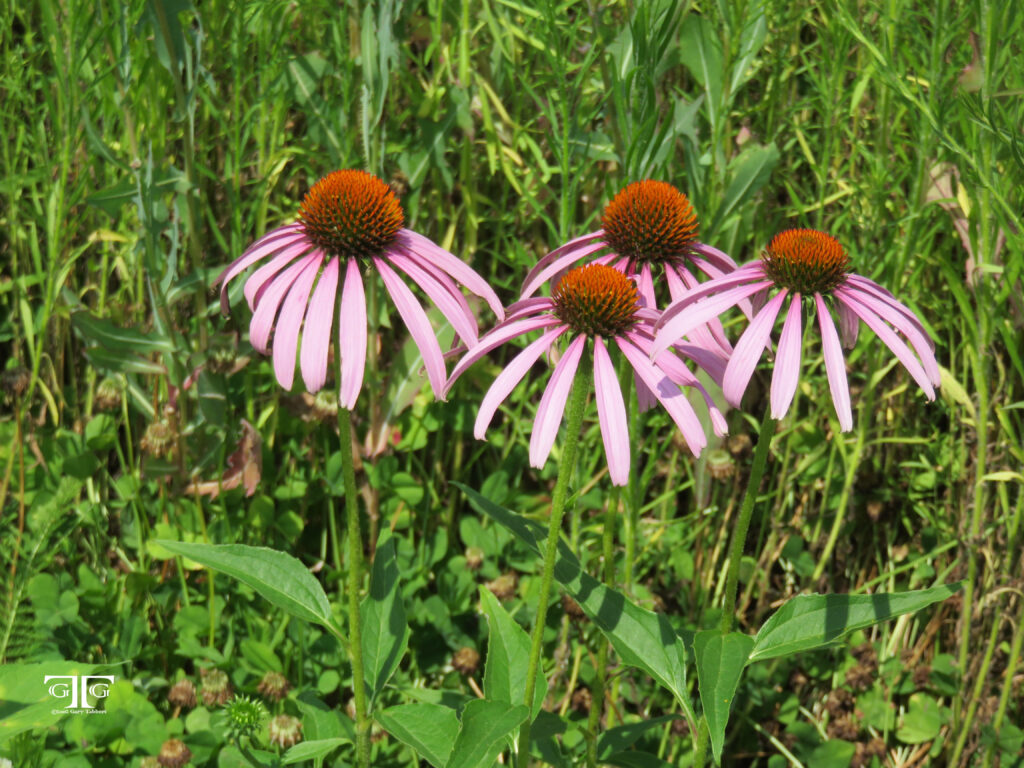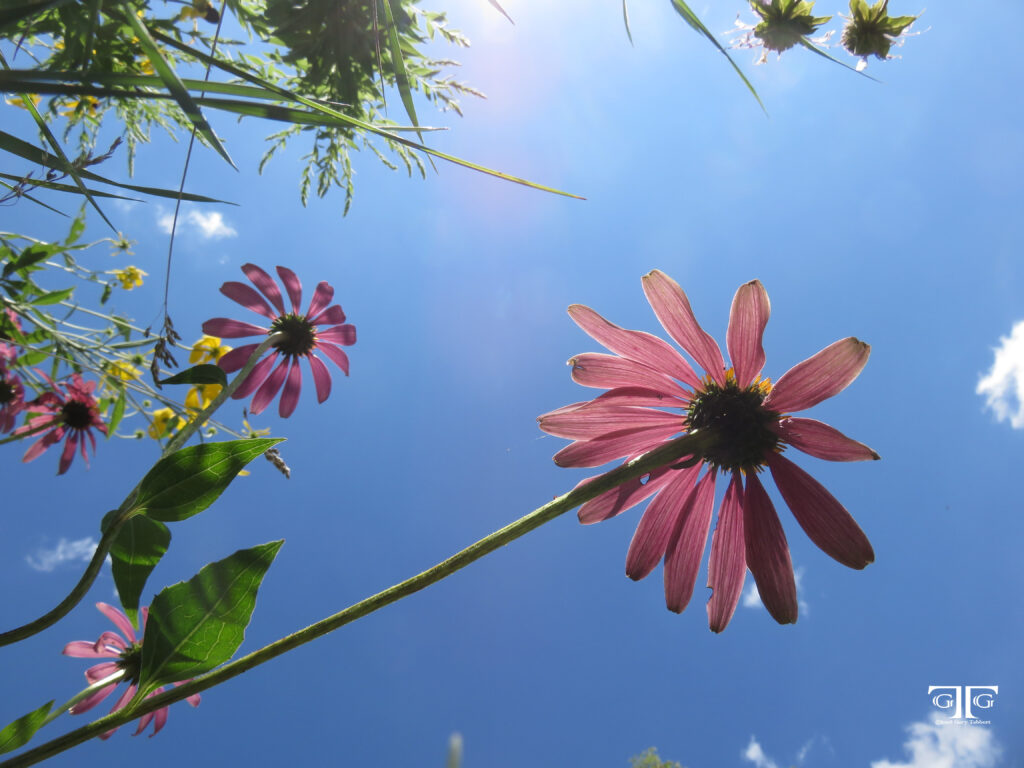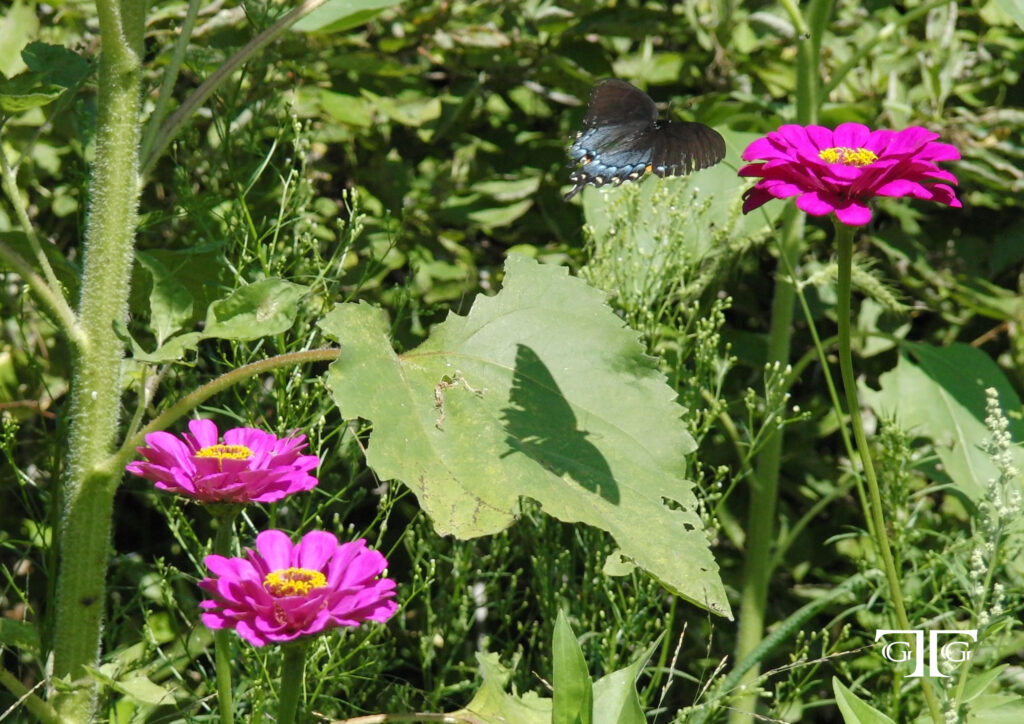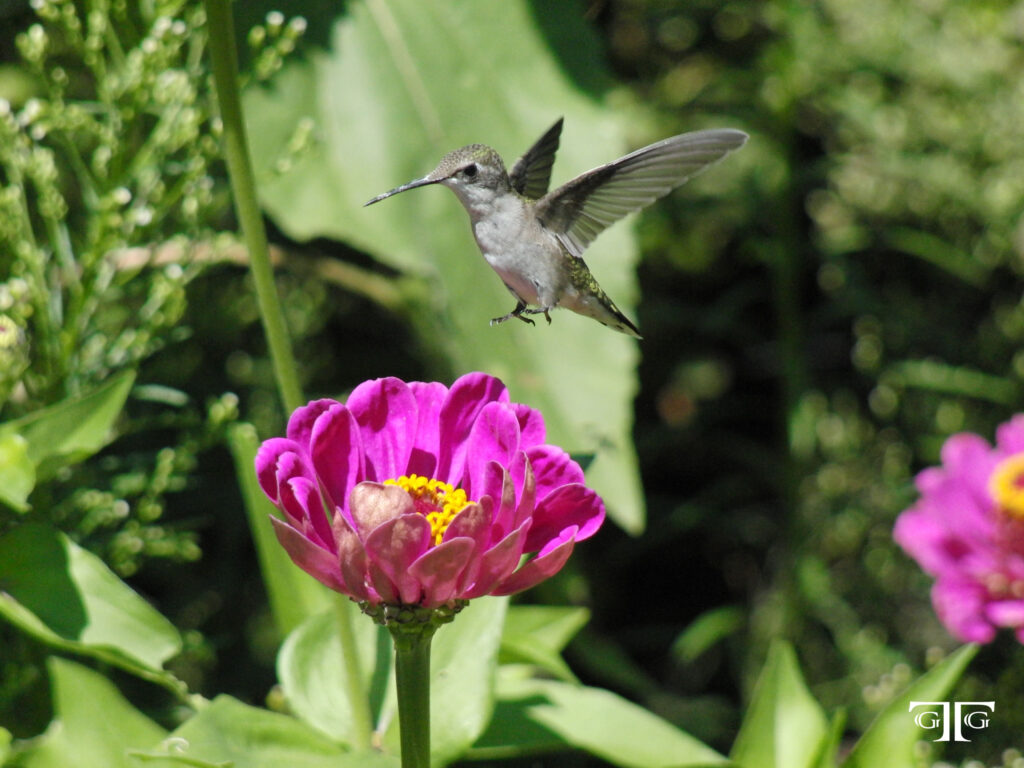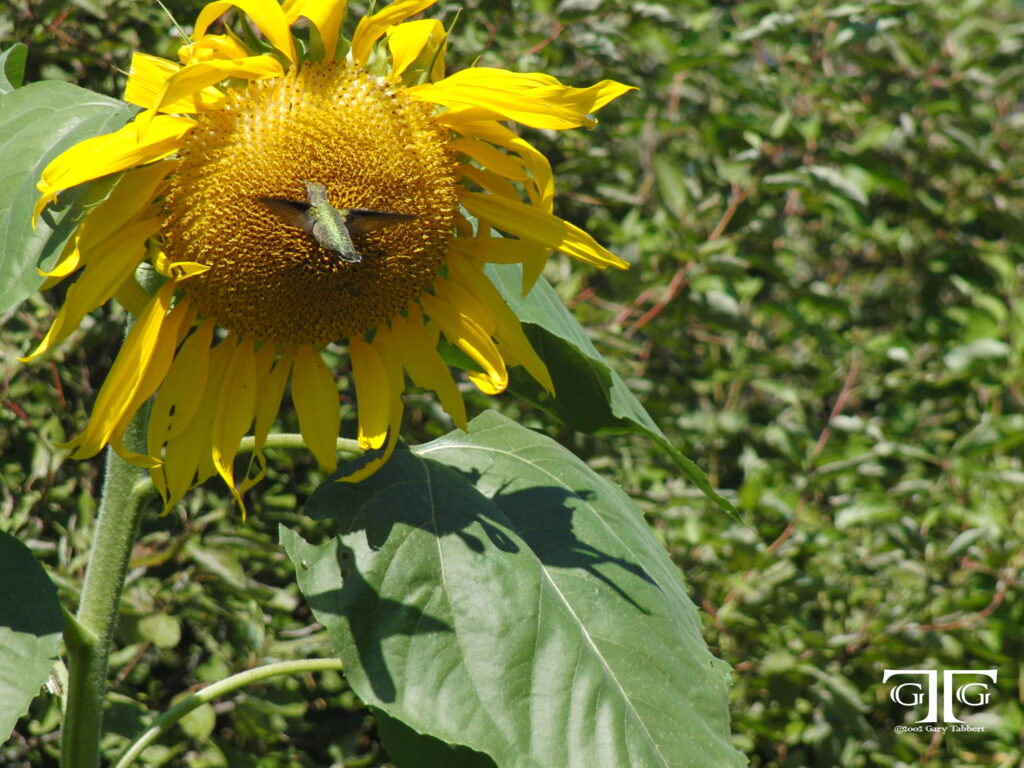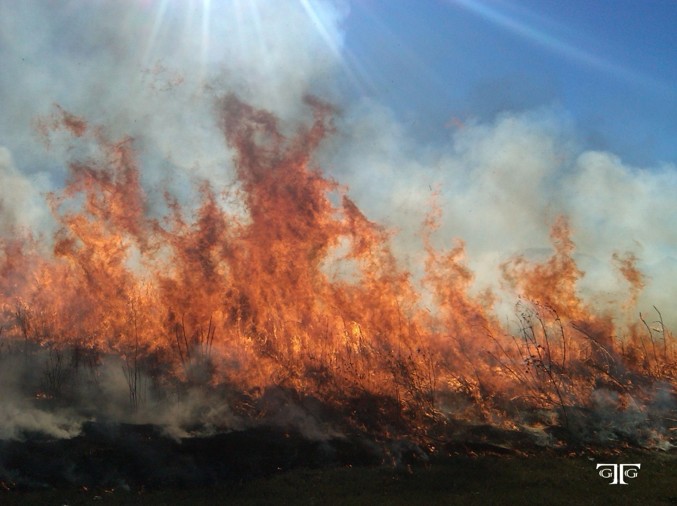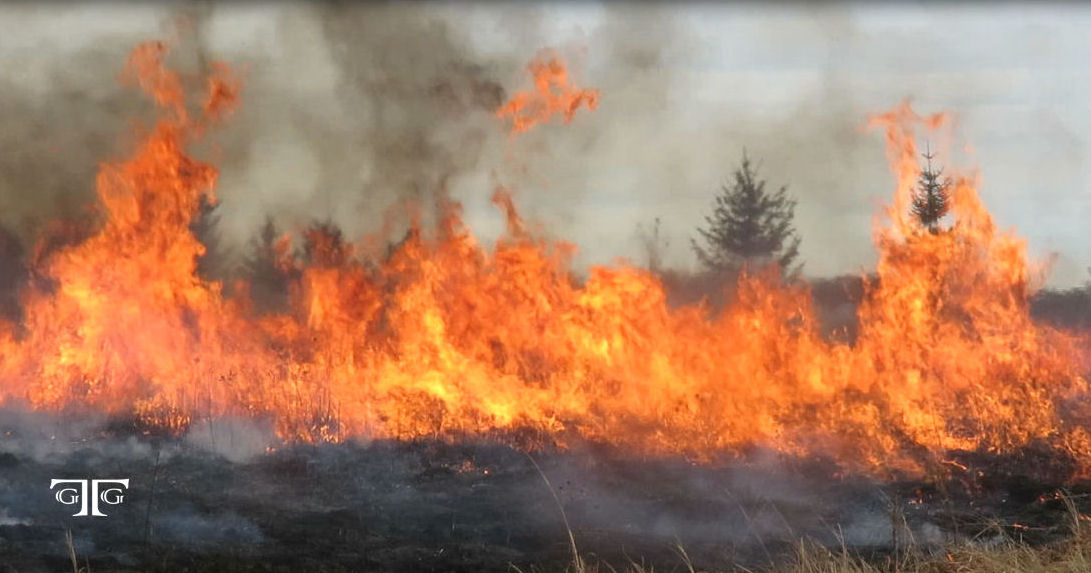In 1995 I purchased 5 acres in Wisconsin. Two years later I built my house on this land and carved out less than acre for a lawn around the house. My neighbors also had 5 acres and a house and lawn. With the land remaining, about 7 acres, we prepared to convert it to native prairie. It took years to prepare the land, ridding it of annual and perennial weeds. In 2009, we had the land clean of unwanted non-native plants, and it was ready to receive native plants.
We planted 96 different kinds of flowers native to Wisconsin and 8 different Wisconsin native grasses.
Several years later, after our prairie had become established, people from the University of Minnesota became interested in including photos of our prairie in the university brochure promoting the planting of native prairies. Alas it was not to be. As is appropriate, the powers that be decided it would be inappropriate for the University of Minnesota to feature a Wisconsin prairie in a Minnesota brochure when they have so many Minnesota prairies to feature. So they very correctly featured some Minnesota prairies. Nevertheless, we were honored they considered our accomplishment.
Here are photos of our achievement.
I think this picture above illustrates the diversity in the prairie… grasses, flowers, & wildlife.
I am fortunate I captured the above two pictures with the shadows of the bird and butterfly on leaves below!
Views of my prairie:
Click On Images to Enlarge Them
I was extremely lucky capturing this picture of a sunflower opening. Many are the sunflowers we see fully open, but rarely do we catch them in the process of opening.
To maintain a healthy prairie, you must burn it periodically. Nature has plants/seeds that rely on burning in the spring and some plants/seeds in the fall.
I captured the following images of burns we had. The first image I title, “Heaven and Hell”, because it has rays from above and, of course, fire “from below.”
